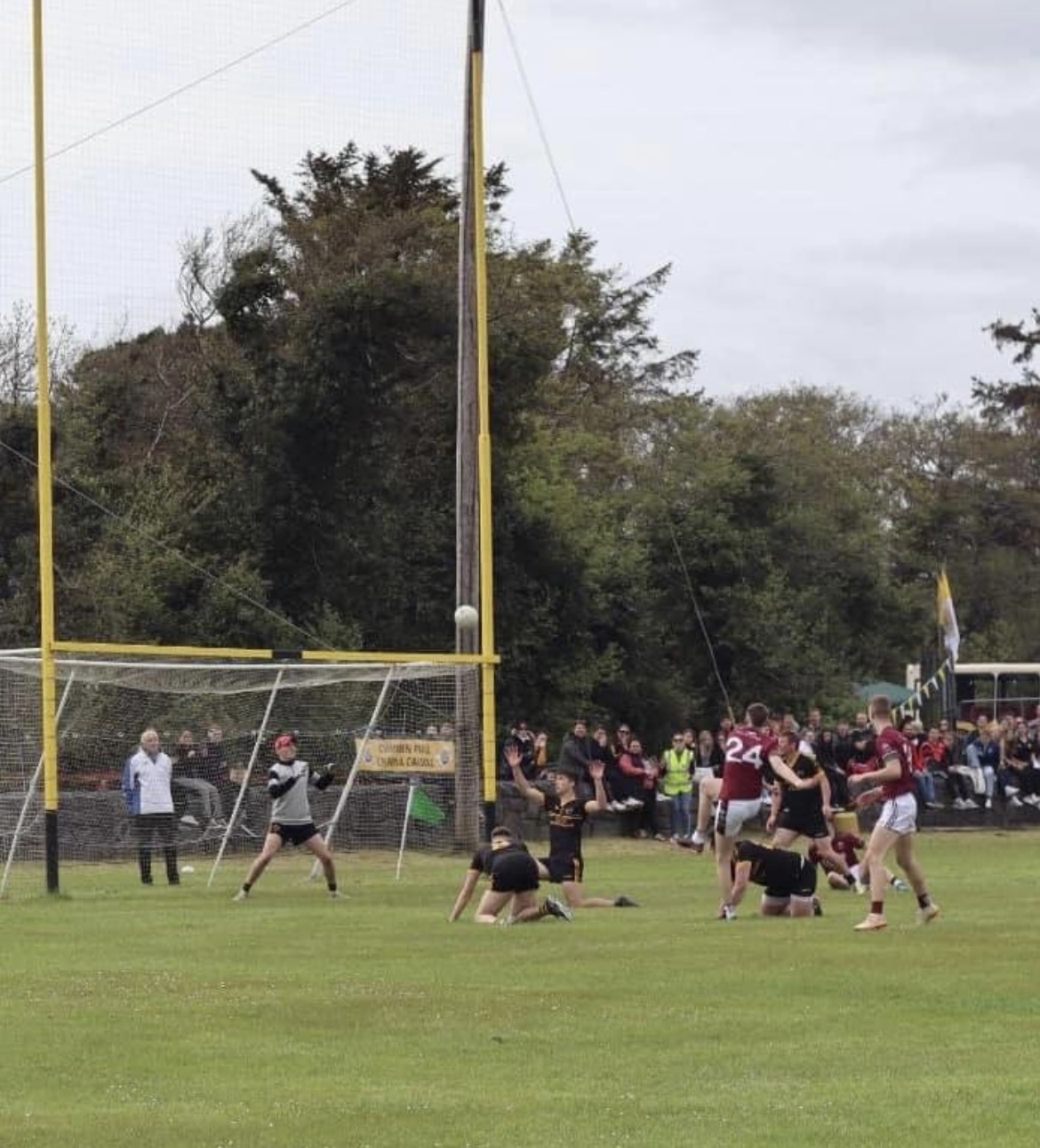Young athletes and amateur sportspeople are not training the same way as they did 30 years ago and as a result kids functional movement, actions based on real-life situational biomechanics, are poor, leading to more ACL injuries.
Teaching and coaching proper talents is key to this. Snelling believes that coaches and trainers have moved away from raw coaching and need to get back to basics. It is about addressing certain areas and learning how people learn to move.
Some people use vision, while others use feeling. Depending on the situation coaches can help kids and athletes learn through visual feedback or a more hands-on approach.
Modern technology can play its part too. These days almost everyone has access to video, whether is it through smart-phones, iPads or other devices. These can be used to tape amateur and sub-elite sportspeople and allow feedback to be given very quickly.
As well as focusing on prevention, autogenic muscle inhibition, where the receptors in the knee have been damaged, is another key component in the battle against ACL injuries. This inhibition causes a change in the pathway back to the brain leading to a quadriceps weakness. This “weakness” can be present in the knee for up to 2/3 or 4 years while others often never get it back.
Voluntary exercise can help in this instance however neuromuscular exercises can also aid with the recovery to make sure that when the sportsperson is ready to return to the field of play their strength is back.
Research is key to the prevention of ACL injuries. For instance, studies have shown that dancers and ice skater have low incidents of ACL injuries. This is due to a lack of unanticipated movements, everything is pre-planned and choreographed.
However, in the various codes of football, there are a lot of unanticipated movements. The only way you can protect and prevent is by exposing the player to as many of those movements as possible and that feeds into the situation where for an unanticipated they have the right foot placement to minimise injury.










